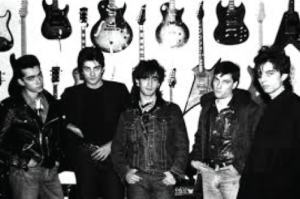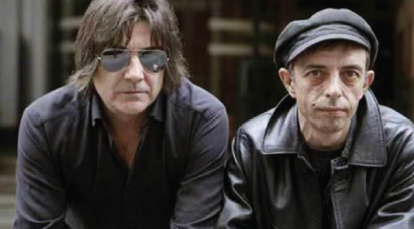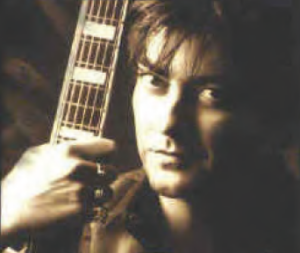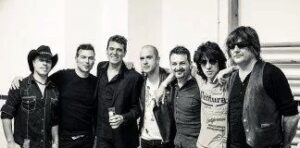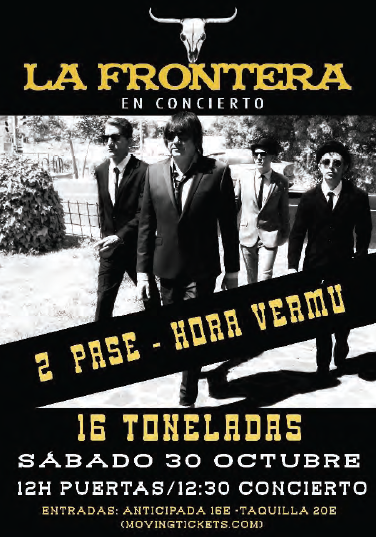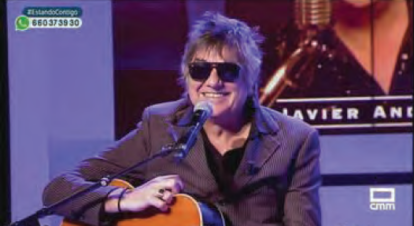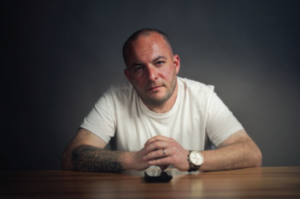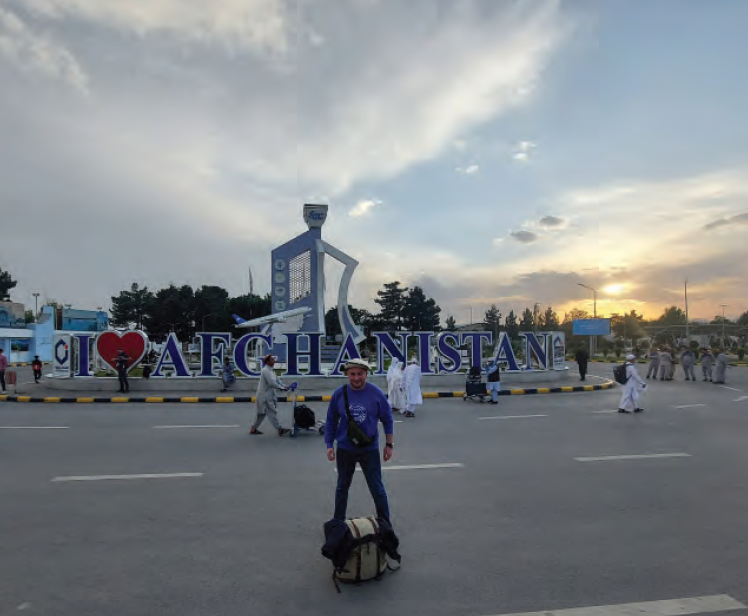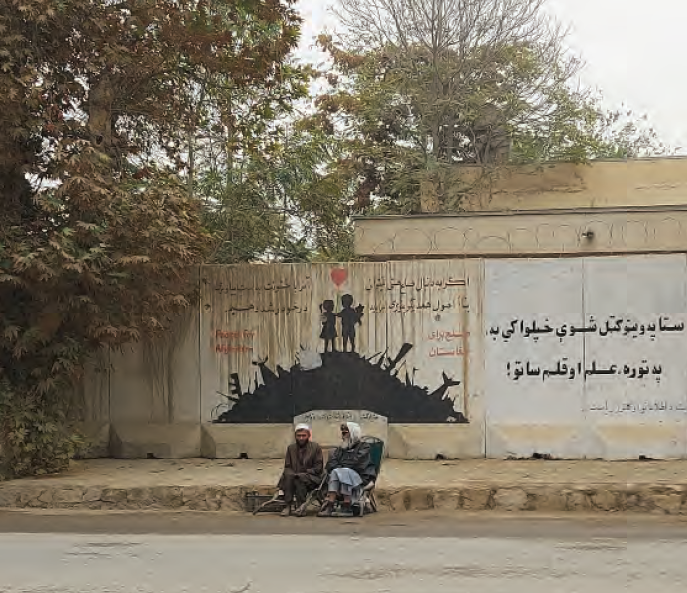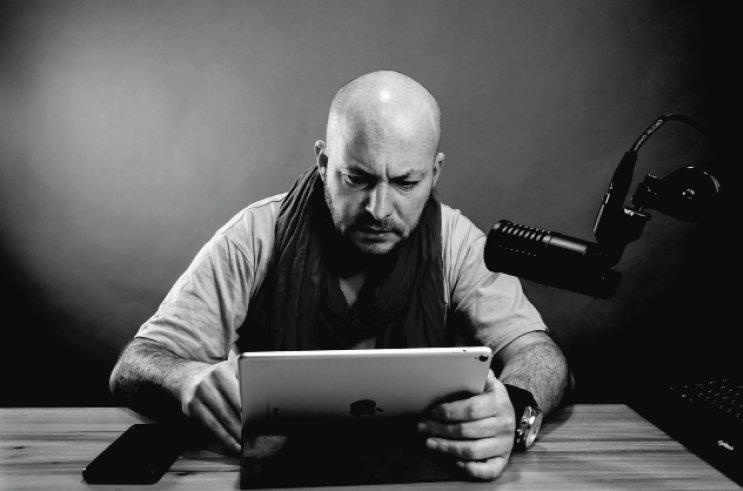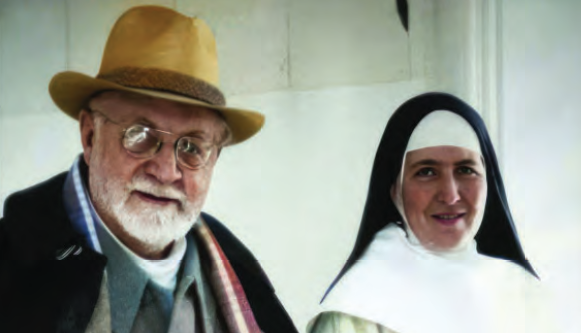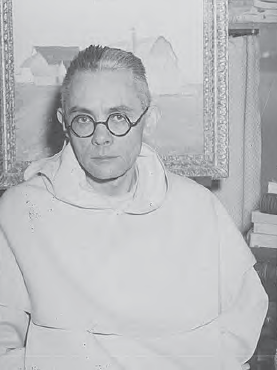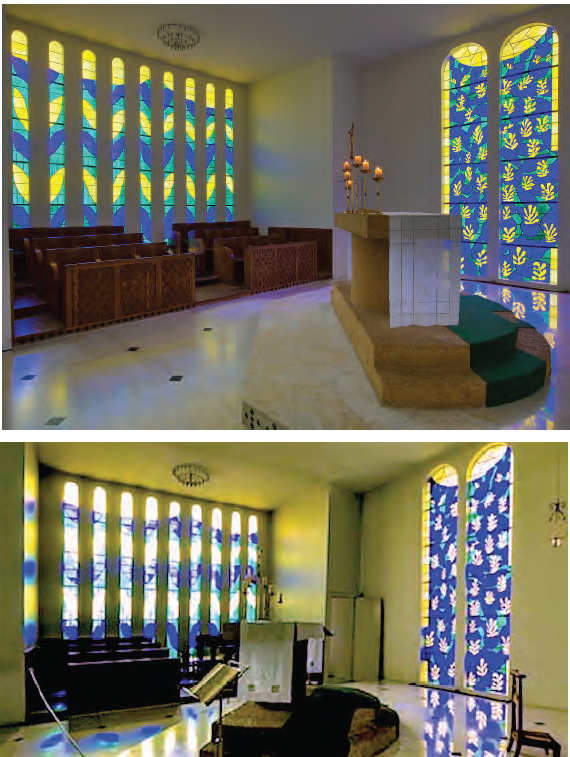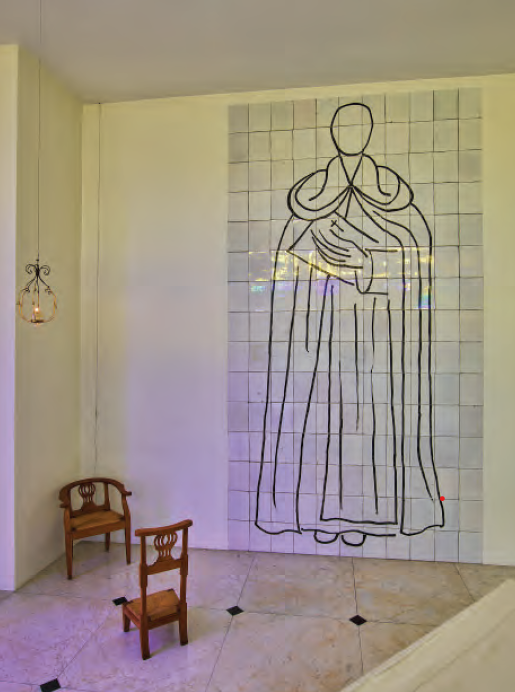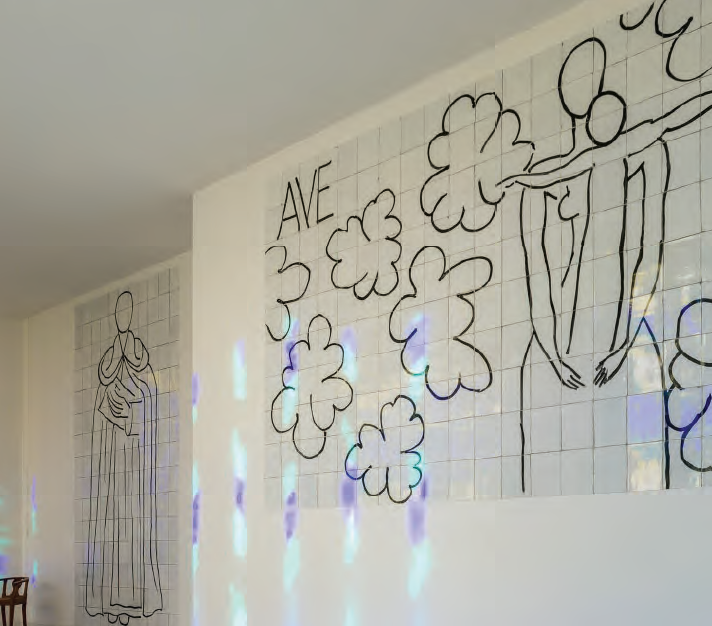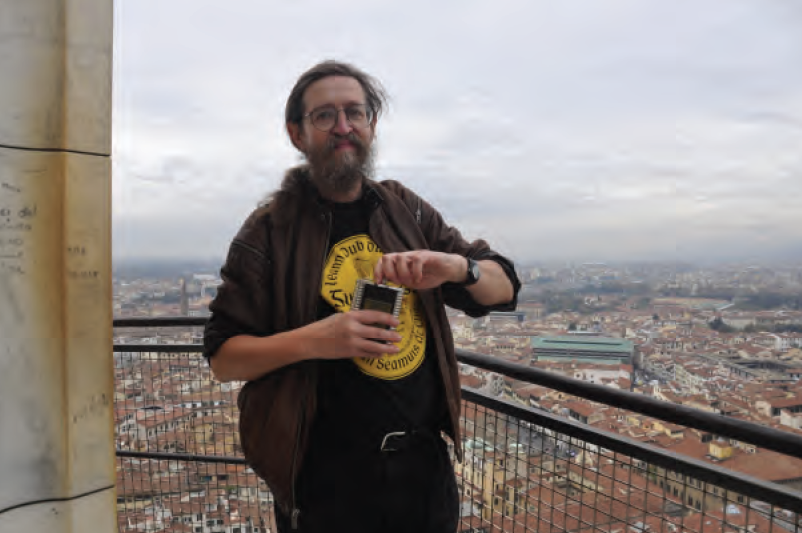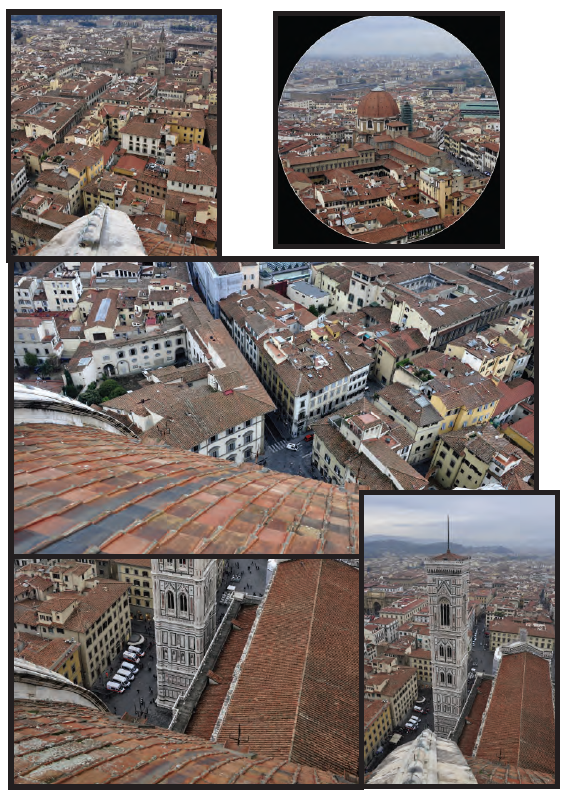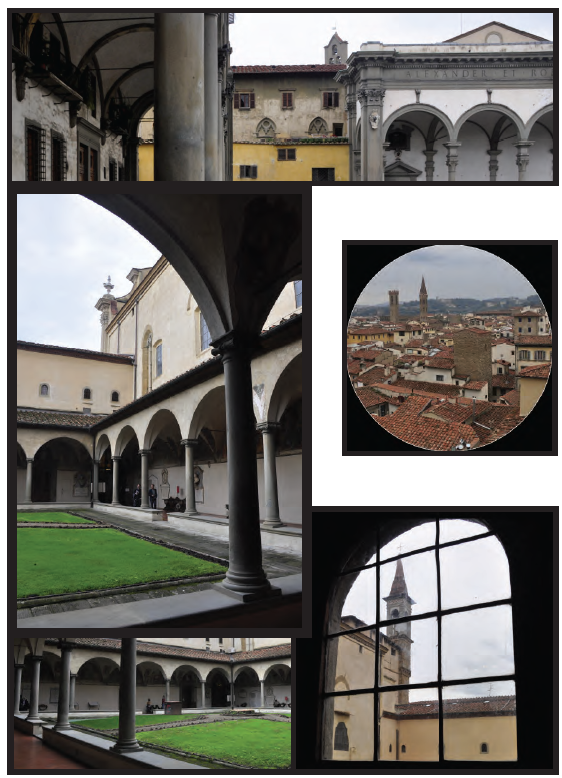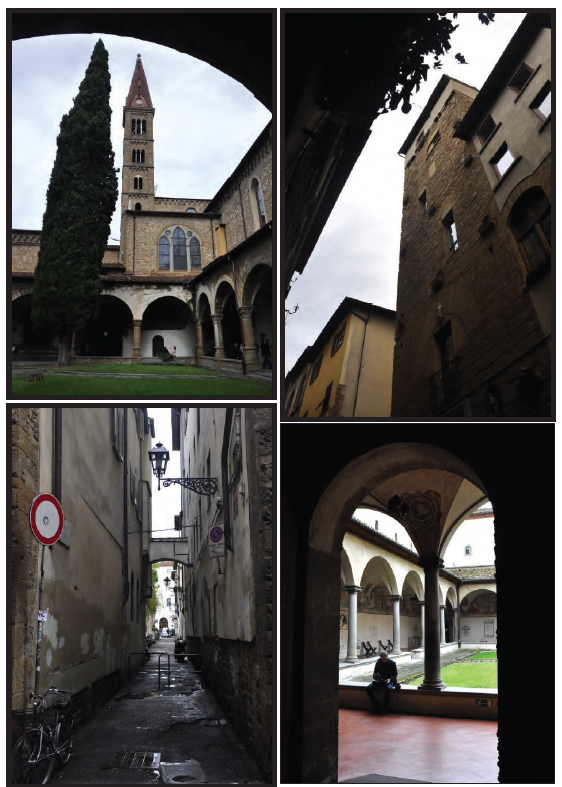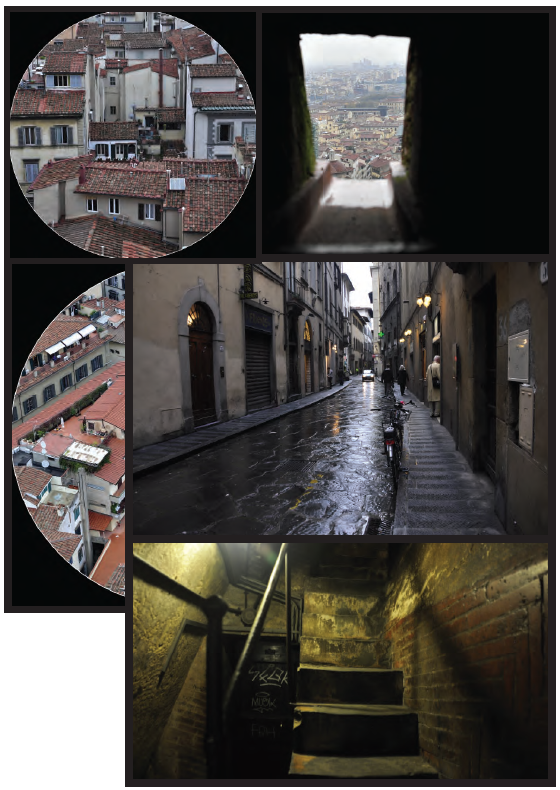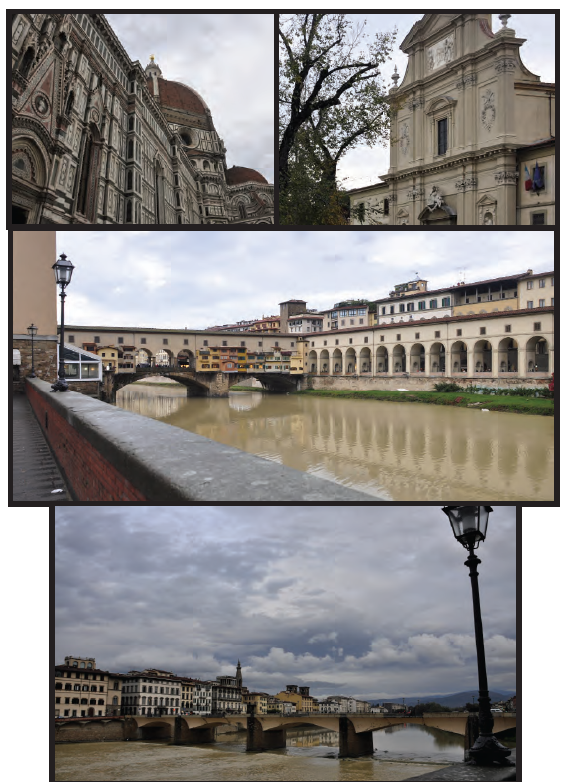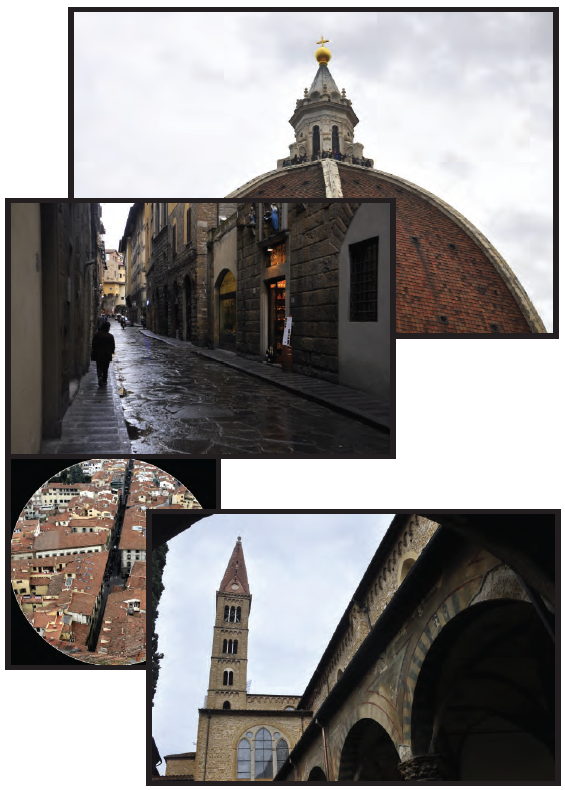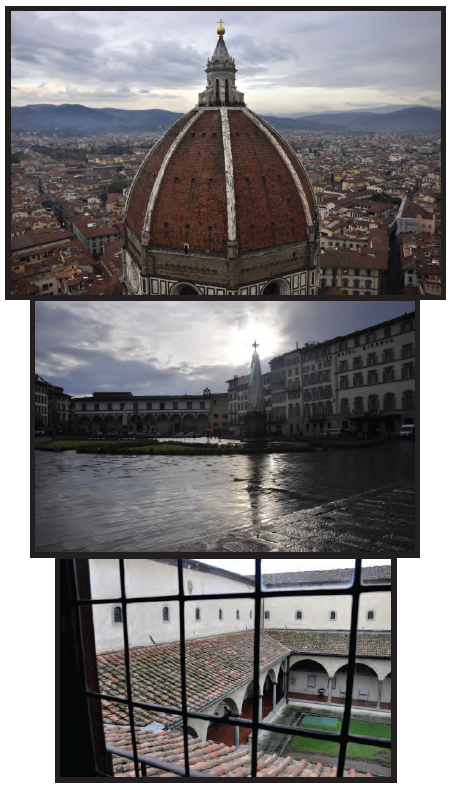To the Editor:
What an extraordinarily interesting issue (AB No. 33 “Transcription of Multitudes”)! And so many new translations, which I always enjoy.
Irina, Sacramento
To the Editor:
I read “Wallace Stevens’ Thirteen Blackbirds” by Vladimir Verov (AB No. 33 “Transcription of Multitudes”) several times, trying to decide which version of “blackbirds” I like best. In the end, I think the original is the best because it’s so unique, while the other versions, although interesting, feel more like a conversation about it.
I. Komleva, Vermont
To the Editor:
“Because They’re People” by Tom Cobbe (AB No. 33 “Transcription of Multitudes”) is wonderfully written, with a nice touch of humor. Impressive efforts! It’s great that he is translating lesser-known Baroque music into modern notation. Each measure is packed with information and creative thought. Cobbe’s passion for his work is inspiring. Everyone should have that kind of calling.
It’s sad to think that some treasures from composers like Krebs were lost to war. But I want to believe that, like “The Master and Margarita” says, manuscripts don’t burn. Cobbe’s work gives hope that we can still discover more of our musical heritage.
Gratefully,
K.I.
To the Editor:
I’m curious about “Knowing Whispers in a New Poetry Collection by Gjekë Marinaj” (AB No. 33 “Transcription of Multitudes”). I looked him up on Wikipedia, but I couldn’t find any translations of his poems into Russian. Has anyone translated him? Maybe I just didn’t look hard enough? Do you know him personally?
Olga R., St. Petersburg
To the Editor:
…I was touched by “You Know Where They Are” by John P. Rogers (AB No. 33 “Transcription of Multitudes”). It has a simple and sincere quality that feels genuine. It reminds me of the mood of rainy days outside my window… Life is what it is, and I am who I am. I like reading Western poets.
Olga Meir, Moscow
To the Editor:
…The link between ancient Buddhist stories and specific places (“Eight Cemeteries” by Sempa Dordzhe, translated by V. Ragimov, AB No. 33 “Transcription of Multitudes”) opens a fresh perspective on Asia and its myths. As the translator says, “Reality is myth, myth is reality.” That’s inspired some amazing poetry. Lines like “His consciousness transformed into the syllable HUNG,/Blessed and wondrously sent to the point of conjunction” make us think and appreciate aesthetics in new ways. I’ll give it all more thought, and I’m happy about that victory over Rudra!!!
Leonid N.
To the Editor:
Anton Kiselyov’s interesting material in the last issue (“The Mind Finds Russia…,” AB No. 33 “Transcription of Multitudes”) includes a single translator’s several versions of a classic Russian poem: in Japanese, Persian, Hebrew, Arabic, French, Romanian, and Turkish! I’ve never seen someone express themselves poetically in so many languages.
When I reread the introduction to this issue (Tatyana Apraksina, “Tower (Blues Mondo),” AB No. 33 “Transcription of Multitudes”), the line about “reflection within a reflection, time within time” made me think of the Tyutchev poem’s mirror-like reflections. Humans shouldn’t have to unify our “Babel.” Unity and variety are both part of the “multilingual nature of creation.”
Herbert Sanders, Vermont
To the Editor:
I’m glad to see rock ‘n’ roll’s still alive! And not just in English. “Spanish Rock. The Beginning” by Olga Romanova (AB No. 33 “Transcription of Multitudes”) shows that while we were discovering local underground bands, that was happening in Spain, too. I might not like all the styles equally, but the lyrics translations and bios help me understand the music better. The bands really broke new ground.
Ivan from Vyborg
To the Editor:
“Car Stories” by Bill Yake (AB No. 33 “Transcription of Multitudes”) is fantastic. When I got my first car, I couldn’t talk about anything else either. My life turned into road adventures, but I never thought of writing about that.
Kirill
To the Editor:
What a great issue (AB No. 33 “Transcription of Multitudes”)! The most interesting part is definitely about cars (“Car Stories” by Bill Yake).
To the Editor:
I thoroughly enjoyed “Car Stories” by Bill Yake in the last issue (AB No. 33 “Transcription of Multitudes”). Magnificent. A whole life story as auto-narrative. It’s a surprising point of view, but easy to relate to. While the author and I were living on opposite ends of the world, in different societies and under different political systems, we shared the same concern: could our cars keep driving? Anything could break down at any moment, so we always kept tools handy and knew how to fix things ourselves. That’s a lot to contemplate—including for poets.
V.V., St. Petersburg
To the Editor:
It was a pleasure to read your interview with Svetlana Ayupova about the theater studio “Alter Ego” and their play in “Because They’re People” (Ella Molochkovetskaya, Olga Romanova, AB No. 33 “Transcription of Multitudes”). Both the interview and review are interesting. The fairy tale and play carry a serious message about the dangers of ambition and losing our humanity for wealth. I love the theater and try to keep up with all the new productions. I think this is a better time for theater than ever, especially for serious plays.
L.V.
To the Editor:
When I read the article about “An Old Novel’s Insights and Predictions” by Ekaterina Ovcharova (AB No. 33 “Transcription of Multitudes”), I found myself thinking that the book itself is probably too dark for me. But I appreciated the depth and engaging analysis. The questions about the authorship of “Night Vigils” are fascinating and highlight remarkable figures from Romantic circles. The context helps explain why the ideals of progress had left many people feeling disappointed then, which may have influenced the literature.
P., New York
To the Editor:
Thank you for the report on Martin Luther King Day and the comic festival (“Heeding the Calling. At the Black & Brown Comics Festival (Blues Report),” AB No. 33 “Transcription of Multitudes”). The detailed descriptions really capture the atmosphere of the event and its surroundings. I have to admit, I didn’t even know there was a special category of comics focused on Black culture. I don’t know much about comics in general. I remember you published something about them before (N. Yarygin, “Literature and Comics—Conflict or Partnership?,” “The Living Organism of Comics, or How to Rise to a Low Genre,” AB No. 28 “Reefs of Conflict”). I can see why people create comics, even if I probably won’t ever start reading them myself.
Your magazine always makes me think in new ways.
I.V., Kazan
To the Editor:
I always pay attention to the original-minded articles by V. Liubeznov (“Positive Curvature Tensor,” AB No. 32 “Worldly Aspect”). However, I can’t figure out if he’s a scientist or a theologian? And is he joking or being serious? As they say, either trust or verify. Otherwise you wind up with a split consciousness.
Eduard Z.
To the Editor:
Your interview is very good (“Stages of Formation in the Verbist Order,” AB No. 32 “Worldly Aspect”). Keep up the good work.
Russia is such an immense country, a spiritual continent. Of course, the Roman Catholic Church has a very small presence in that land, but it would be wonderful someday, if the Russian Orthodox communion could come into communion with Rome, without losing any of her spiritual treasures. In the meantime, perhaps influences like yours can do some real good.
+Abbot Philip Anderson
To the Editor:
Thank you for letting us know about the Verbist path through these young men’s comments (“Stages of Formation in the Verbist Order,” AB No. 32 “Worldly Aspect”).
Roberta Tiffany Bruce


